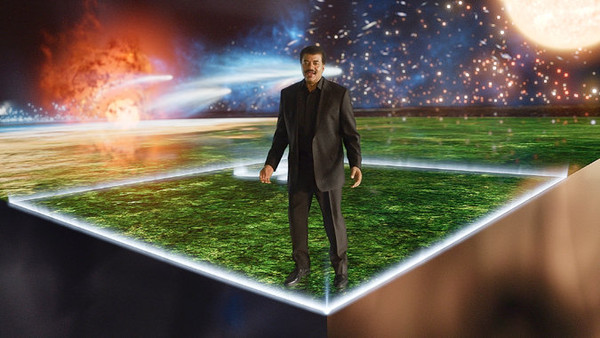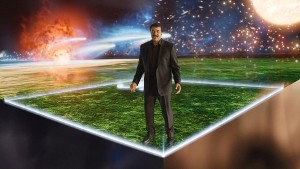June 12, 2014 – Yesterday I read in my local newspaper that our Earth is much older than previously thought. So I speculated on just how many years – a billion? 500 million?
Now it turns out the Earth is 60 million years older than the 4.51 billion we previously thought. That’s only way older when you are considering human time, not geological time.
Neil deGrasse Tyson, in the new release of the television series, Cosmos: A Spacetime Odyssey, likens the history of the Universe to a single calendar year. In this model 60 million years doesn’t amounts to less than two days. And Earth’s existence begins in early September of that metaphorical cosmic year.
So how do we know Earth is older than we thought? French geochemists at the University of Lorraine studied quartz found in the oldest rocks on our planet. These were located in South Africa (3.4 billion years old) and Australia (2.7 billion years old). Inside these quartz crystals were tiny bubbles of trapped gas. The researchers looked at the balance of elements contained within the gas focusing on xenon. They compared the xenon concentrations to the presence of the gas in the Earth’s atmosphere today. They then recalculated Earth’s age. Instead of 4.51 billion, the official number based on this study is now 4.57 billion.
And Earth isn’t the only object older as a result. So is the Moon. But there is a caveat. The researchers could be off give or take 20 million years. That’s because the scientists who study the early Earth are still not absolutely certain when the atmosphere of our planet first formed. Some believe Earth first formed and then outgassed an atmosphere 40 million years later while others believe it may have taken as long as 100 million years.










